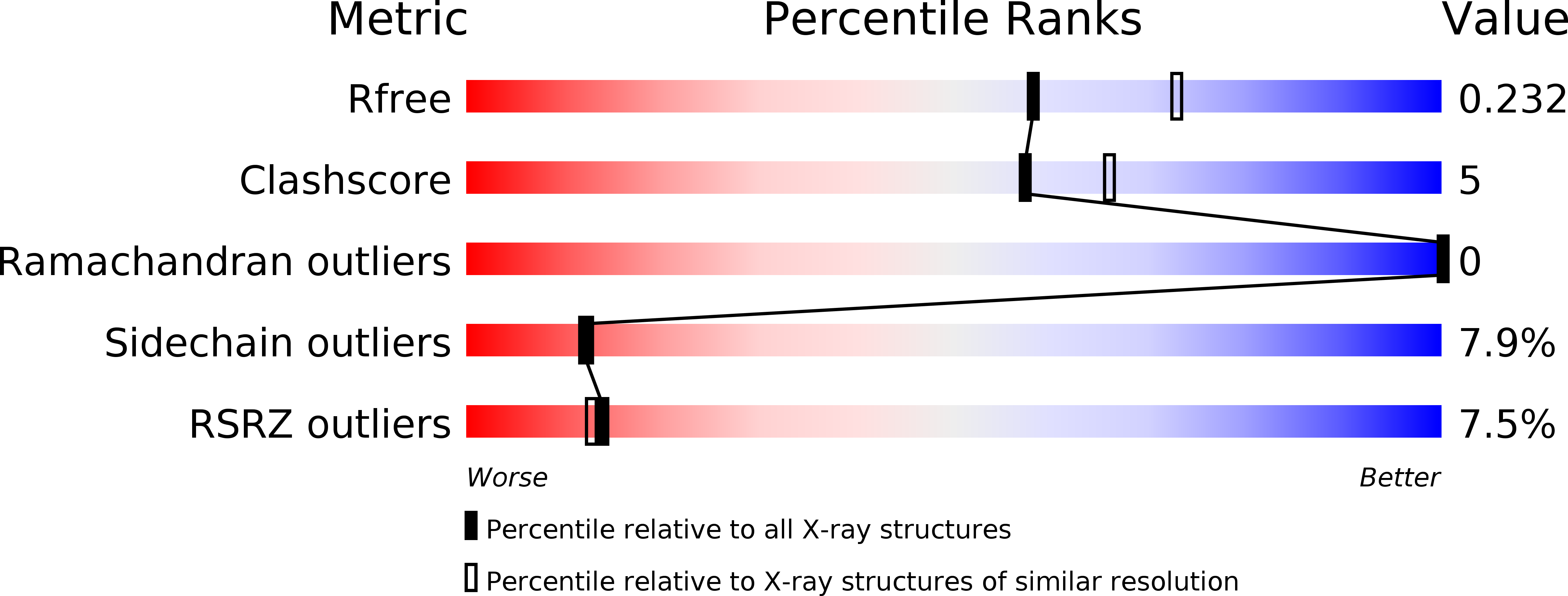
Deposition Date
2017-01-18
Release Date
2017-06-28
Last Version Date
2024-10-16
Entry Detail
PDB ID:
5MWN
Keywords:
Title:
Structure of the EAEC T6SS component TssK N-terminal domain in complex with llama nanobodies nbK18 and nbK27
Biological Source:
Source Organism:
Escherichia coli (Taxon ID: 562)
Lama glama (Taxon ID: 9844)
Lama glama (Taxon ID: 9844)
Host Organism:
Method Details:
Experimental Method:
Resolution:
2.20 Å
R-Value Free:
0.22
R-Value Work:
0.19
R-Value Observed:
0.19
Space Group:
P 21 21 21


